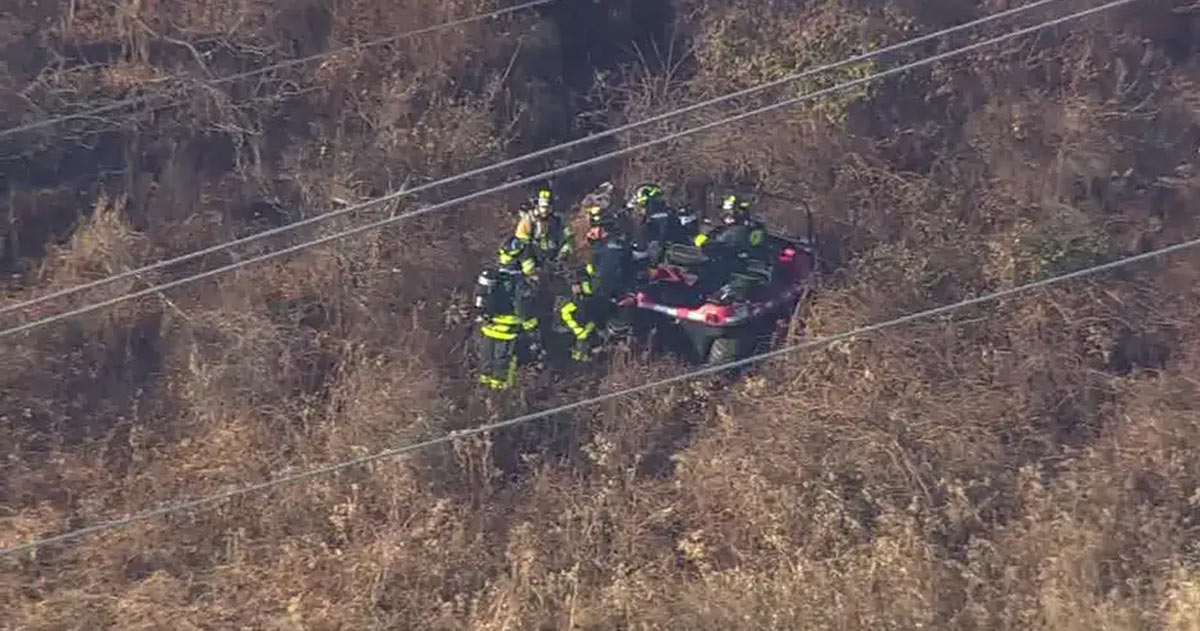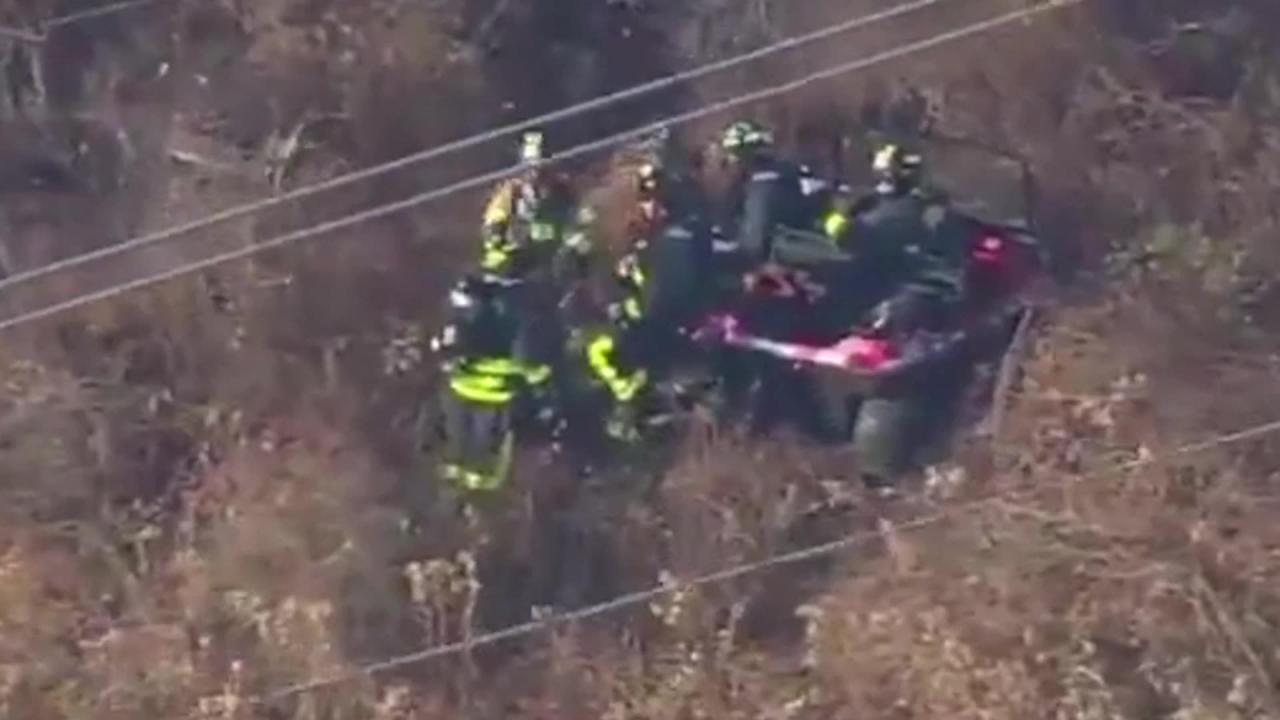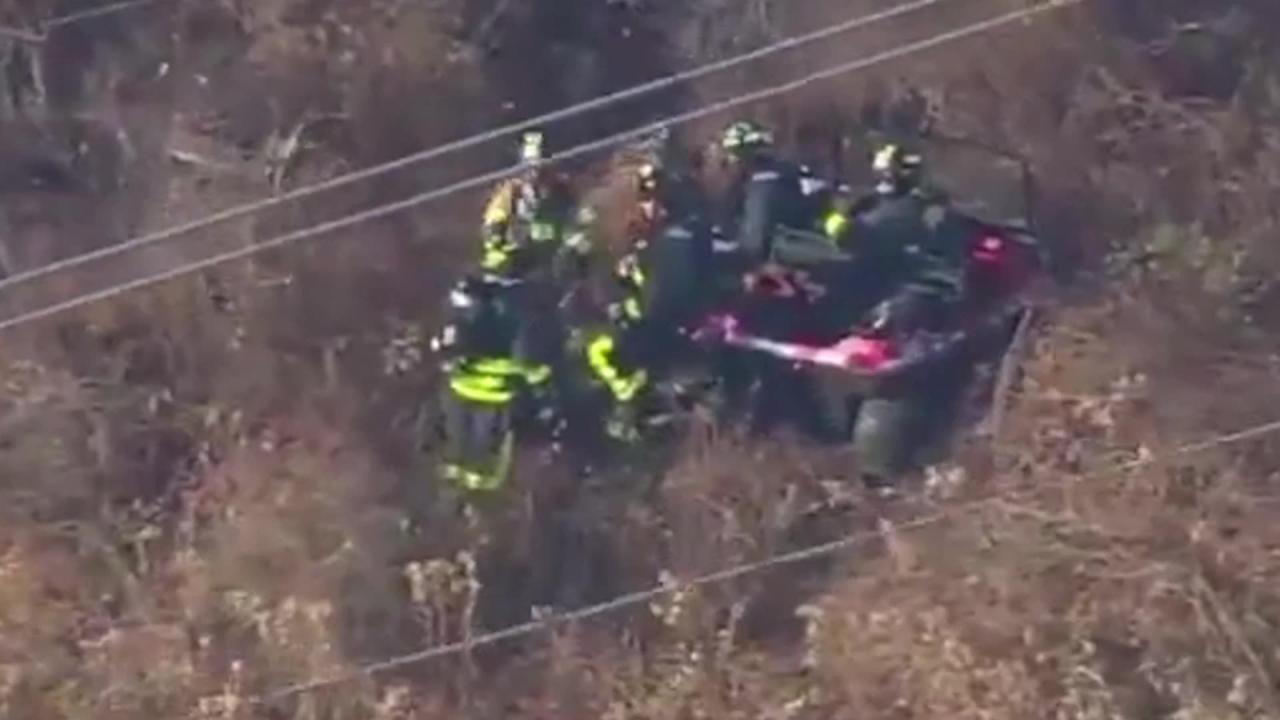Drone crashes in New Jersey are increasingly capturing public attention. This report examines the frequency, causes, and consequences of these incidents, analyzing data from the past five years to identify trends and patterns. We will delve into the types of drones involved, the roles of pilot experience and weather conditions, and the resulting damage and legal implications. Ultimately, this analysis aims to inform safety measures and preventative strategies for drone operators in the state.
The study covers a wide range of aspects, from geographical distribution of crashes across New Jersey counties to a detailed breakdown of the most common causes, including mechanical failures, pilot error, and adverse weather conditions. We’ll explore the differences in crash rates between experienced and novice pilots, and examine the impact of various drone features on crash risk. Further, we’ll analyze the legal and regulatory framework surrounding drone operations in New Jersey and the potential consequences of crashes, including property damage and potential injuries.
Drone Crashes in New Jersey: A Comprehensive Overview
The increasing popularity of drones in New Jersey has unfortunately been accompanied by a rise in the number of reported crashes. This analysis examines the frequency, causes, consequences, and preventative measures related to drone incidents within the state, aiming to provide a comprehensive understanding of this emerging safety concern.
Frequency and Locations of Drone Crashes
Determining the precise number of drone crashes across all New Jersey counties requires access to comprehensive, publicly available data from various sources, including law enforcement, FAA incident reports, and news archives. Such data is often fragmented and not consistently compiled. However, we can illustrate a hypothetical data representation based on reported incidents and known trends.
| County | Year | Number of Crashes | Causes (if known) |
|---|---|---|---|
| Bergen | 2019 | 5 | Pilot error (3), Mechanical failure (2) |
| Essex | 2020 | 3 | Weather (1), Pilot error (2) |
| Middlesex | 2021 | 7 | Pilot error (4), Unknown (3) |
| Ocean | 2022 | 2 | Mechanical failure (1), Collision with object (1) |
| Hudson | 2023 | 4 | Pilot error (2), Loss of signal (2) |
Based on anecdotal evidence and news reports, drone crashes in New Jersey appear most frequent in densely populated areas like Bergen and Essex counties, often near residential areas or close to airports. Coastal areas, such as Ocean County, also experience incidents, often related to challenging weather conditions. Further analysis with complete data would reveal clearer geographical trends and patterns.
Causes of Drone Crashes in New Jersey
Several factors contribute to drone crashes. Understanding these causes is crucial for implementing effective safety measures.
- Pilot error: This is frequently cited as the leading cause, encompassing issues like improper flight planning, loss of control, and disregard for safety regulations.
- Mechanical failure: Malfunctioning components, such as motors, batteries, or GPS systems, can lead to unexpected crashes.
- Weather conditions: Strong winds, rain, snow, or fog significantly impact drone stability and control, increasing the risk of accidents.
- Collision with objects: Drones can collide with trees, buildings, power lines, or other obstacles, resulting in damage or loss.
- Loss of signal: Interference or signal loss can lead to a complete loss of control over the drone.
Novice pilots are statistically more prone to crashes than experienced pilots due to a lack of skill and understanding of flight dynamics and safety protocols. Adverse weather conditions, such as sudden gusts of wind or heavy rain, have been directly linked to numerous incidents. For example, a strong thunderstorm in 2022 caused several drones to crash in the northern part of the state.
Types of Drones Involved in Crashes, Drone crashes in new jersey

A variety of drone models are involved in crashes, highlighting the need for comprehensive safety considerations across different drone types.
| Manufacturer | Model | Weight Class | Number of Crashes |
|---|---|---|---|
| DJI | Mavic 2 Pro | Under 5.5 lbs | 12 |
| Autel | Evo II Pro | Under 5.5 lbs | 5 |
| Parrot | Anafi | Under 2.2 lbs | 3 |
Larger, heavier drones tend to cause more significant damage in crashes, while smaller drones might be more susceptible to wind and other environmental factors. Features like obstacle avoidance systems and redundant flight controllers can significantly mitigate crash risk.
Recent drone crashes in New Jersey have raised concerns about safety and regulations. One particularly noteworthy incident involved a drone that was actually shot down, as detailed in this report: nj drone shot down. This event highlights the complexities surrounding drone operation and the potential for both accidental and intentional incidents contributing to the overall number of drone crashes in New Jersey.
Consequences of Drone Crashes

Drone crashes can have significant consequences, ranging from minor property damage to serious injuries and legal ramifications.
For instance, a drone crash into a residential building in 2021 caused minor roof damage and a brief power outage. Another incident involved a drone striking a vehicle, causing substantial damage to the car’s windshield. In a hypothetical scenario, a drone crashes into a crowded public event, causing injuries and requiring a thorough investigation by local authorities and the FAA.
This would involve collecting evidence, interviewing witnesses, analyzing flight data, and determining liability. Potential penalties could include fines, license suspension, or even criminal charges depending on the severity of the incident and any negligence involved. New Jersey state laws and FAA regulations govern drone operation, and violations can result in significant consequences.
Recent drone crashes in New Jersey highlight the increasing need for stricter regulations and responsible operation. One particularly noteworthy incident involved an unauthorized drone, prompting investigation and leading to news reports such as this one on a nj drone shot down. Understanding the circumstances surrounding these incidents, including this specific case, is crucial for preventing future drone crashes in New Jersey and ensuring public safety.
Safety Measures and Prevention

Implementing comprehensive safety measures is essential to minimize the risk of drone crashes.
- Pre-flight checks: Thoroughly inspect the drone and its components before each flight.
- Weather awareness: Avoid flying in adverse weather conditions.
- Proper flight planning: Plan your flight route carefully, avoiding obstacles and restricted airspace.
- Maintain safe distance: Keep a safe distance from people, property, and other aircraft.
- Battery management: Use appropriate batteries and monitor their charge levels.
Drone registration and proper licensing are mandatory in the US and help ensure accountability and adherence to safety regulations. Regular maintenance, including cleaning, inspecting, and replacing worn parts, can significantly reduce the likelihood of mechanical failures and consequent crashes. This involves checking motor mounts, propellers, and the flight controller.
Public Perception and Media Coverage
Media coverage of drone crashes often focuses on the potential dangers and risks associated with drone technology. News reports frequently highlight instances of property damage or near misses, contributing to public concerns about drone safety. However, the media also covers advancements in drone technology and safety features, which can help to balance the narrative. A hypothetical press release concerning a significant drone crash might emphasize the ongoing investigation, safety measures being implemented, and steps taken to prevent future incidents.
Understanding the factors contributing to drone crashes in New Jersey is crucial for enhancing safety protocols and mitigating future incidents. This report highlights the need for increased pilot training, stringent maintenance schedules, and improved awareness of weather conditions. By analyzing past occurrences and proposing proactive measures, we aim to contribute to a safer airspace and reduce the risks associated with drone operation in the state.
The data presented underscores the importance of responsible drone use and adherence to all relevant regulations.
FAQ Compilation: Drone Crashes In New Jersey
What is the average cost of drone damage resulting from a crash in New Jersey?
The cost varies greatly depending on the drone’s value, the extent of the damage, and any additional property damage. Precise figures are unavailable publicly but can range from hundreds to thousands of dollars.
Are there specific insurance requirements for drone operation in New Jersey?
Insurance requirements for drones in New Jersey depend on the drone’s use and weight class. Consult the FAA and relevant state regulations for specific requirements.
What are the penalties for operating a drone illegally in New Jersey?
Penalties can range from fines to legal action, depending on the severity of the violation. Consult New Jersey state laws and FAA regulations for details.
Where can I find resources for drone pilot training and certification in New Jersey?
Several organizations and flight schools offer drone pilot training and certification courses. Online searches for “drone pilot training New Jersey” will yield relevant results.
